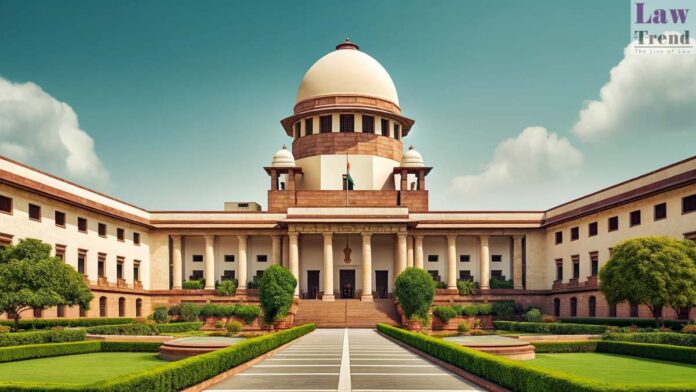The Supreme Court of India has ruled that a Motor Accidents Claims Tribunal cannot arbitrarily reduce the percentage of disability assessed by a medical expert without providing “valid reasoning.” In a judgment delivered on July 14, 2025, a bench of Justice Sudhanshu Dhulia and Justice K. Vinod Chandran enhanced the compensation for a skilled mason
To Read More Please Subscribe to VIP Membership for Unlimited Access to All the Articles, Download Available Copies of Judgments/Order, Acess to Central/State Bare Acts, Advertisement Free Content, Access to More than 4000 Legal Drafts( Readymade Editable Formats of Suits, Petitions, Writs, Legal Notices, Divorce Petitions, 138 Notices, Bail Applications etc.) in Hindi and English.




